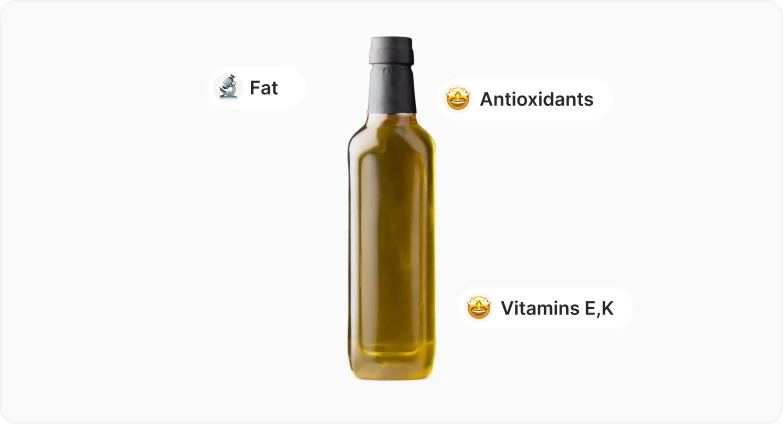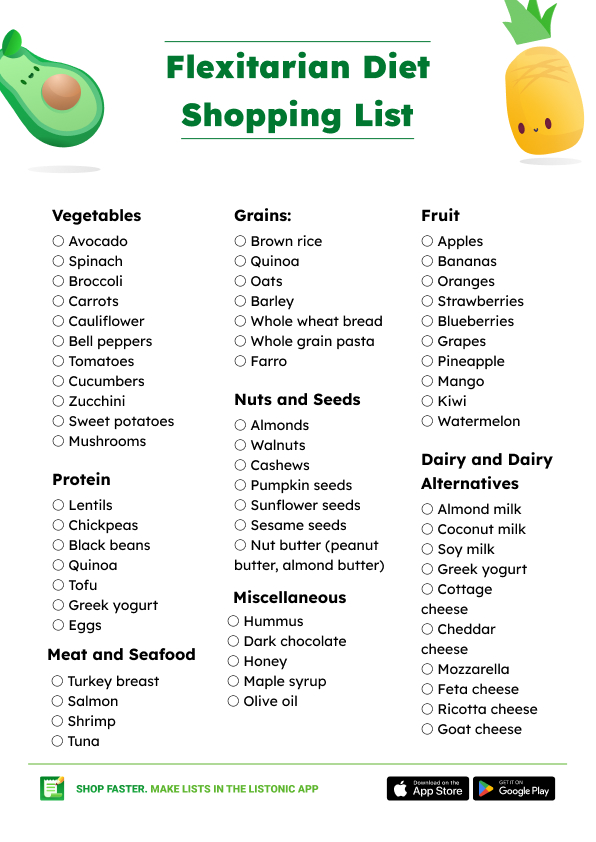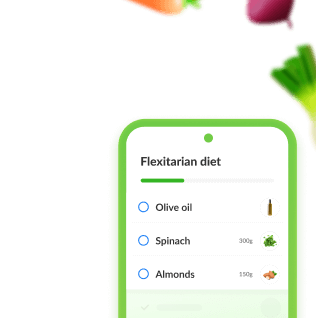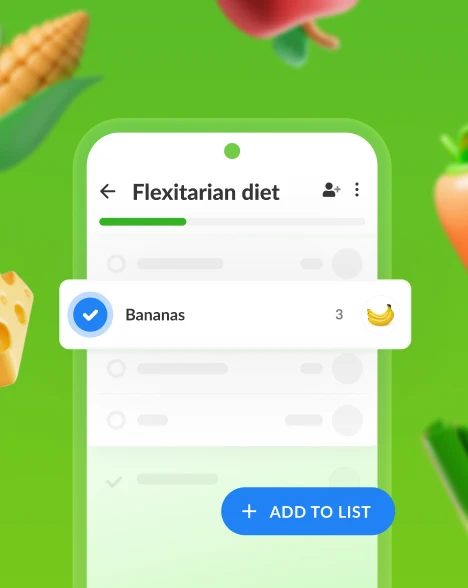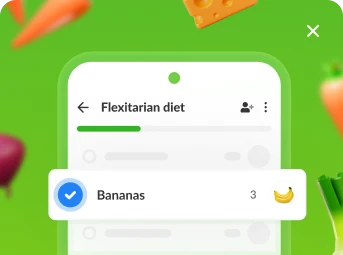Privacy Policy | Terms of services | Consent choices | © 2006-2024 Listonic. All rights reserved. Listonic Dev, and Listonic Ads are part of Listonic.

Flexitarian Diet Food List (+ Shopping List and PDF)
July 31, 2023
The popularity of the flexitarian diet skyrocketed in the past few years. It’s a flexible and balanced eating pattern that emphasizes plant-based foods but allows for occasional consumption of meat and other animal products. This diet is all about being healthy and protecting the environment. If you want to give it a try, check out our article. It’s got all the basic principles and simple tips for the flexitarian diet. We’ve also included a ready-to-go shopping list to make things easier for you.
Table of contents
Flexitarian Diet Shopping List
Flexitarian Diet Guidelines
Flexitarian Diet Food List Breakdown
What Else to Keep in Mind?
Conclusions
Flexitarian Diet Shopping List
Fruit
Vegetables
Proteins
Dairy and Dairy Alternatives
Meat and Seafood
Grains
Nuts and Seeds
Miscellaneous
Flexitarian Diet Guidelines
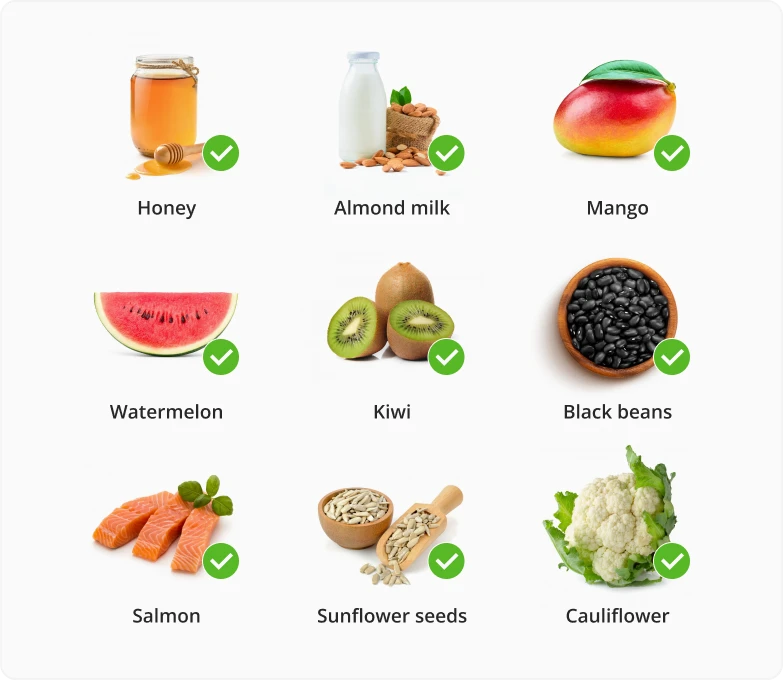
The flexitarian diet offers a balanced approach to eating that combines the benefits of vegetarianism with occasional meat consumption.
Generally, you are encouraged to eat more fruits, vegetables, whole grains, and legumes. These products should be the basis of your meals.
Feel free to experiment with different plant-based protein sources such as tofu, tempeh, and pulses. You can occasionally choose lean meats or fish as well.
When you decide to buy products of animal origin, prioritise quality over quantity. If you can, choose organic, pasture-raised, or sustainably sourced options.
Keep portion sizes in check and listen to your body’s hunger and fullness cues.
This well-balanced diet has many health benefits, such as improved heart health, easier weight management, and a reduced risk of chronic diseases.
Additionally, by reducing your meat consumption, you protect the environment – you contribute to saving water, reducing greenhouse gas emissions, and preserving natural resources.
Flexitarian Diet Food List Breakdown

Fruits
Fruits are an essential part of this diet as they provide natural sweetness, fiber, vitamins, and minerals. They can be enjoyed as snacks, added to smoothies, or used in salads and desserts. They make your meals more enjoyable with their variety of flavours and textures.
Proteins
Proteins on a flexitarian diet are primarily derived from plant-based sources like legumes, tofu and tempeh. You can also opt for protein-rich dairy products (Greek yogurt, cottage cheese) and eggs. These products contain essential amino acids, fiber, and various vitamins and minerals.
They are also very filling options, which prevents you from excessive snacking or overeating.
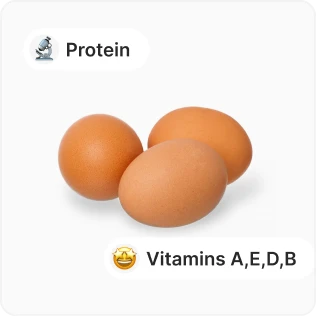
Vegetables
They are the foundation of a flexitarian diet because they provide your body with nutrients and fiber. You have a myriad of options when it comes to vegetables, with a range of colours, flavors and textures. Veggies can be incorporated into salads, stir-fries, soups, roasted dishes, or used as a base for comforting stews and soups.
Dairy and Dairy Alternatives
These products provide calcium, protein, and healthy fats. You can choose from a variety of options, according to your dietary preferences. On a flexitarian diet, you can eat both dairy (e.g., different kinds of cheese, milk and yogurts) and dairy alternatives.
When purchasing plant-based dairy, look for fortified products – they contain more nutrients.
Grains
They are staples in a flexitarian diet. They offer fiber, complex carbohydrates, and essential vitamins. Use them as a base for your meals, serve them as side dishes, or incorporate them into salads, to support your digestive system and stabilize energy levels.
Nuts and Seeds
They are nourishing additions that provide healthy fats, protein, fiber, and various vitamins and minerals. Among others, walnuts, cashews, flaxseeds, sunflower seeds, and nut butters can be enjoyed as snacks, added to salads or oatmeals, and used as toppings that enhance the flavor and nutritional value of your meals.
Miscellaneous
Hummus serves as a flavorful dip or spread, while dark chocolate can satisfy sweet cravings. Honey and maple syrup are excellent natural sweeteners. Olive oil and coconut oil can be used for cooking, adding healthy fats. These products make your meals more satisfying and enjoyable, adding variety to your diet.
Get a Flexitarian Diet Grocery List on Your Phone!
Add & remove items
Sort items by store aisles
Share the list with your partner
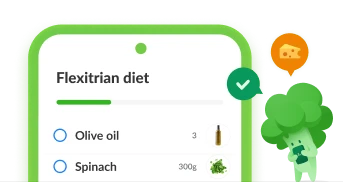
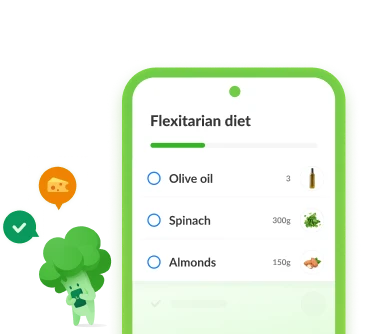
What Else to Keep in Mind?
What Foods to Avoid?
Generally, the flexitarian diet is adjustable and allows for occasional consumption of most products. However, there are some foods that you should cut down on:
Processed meats such as sausages, bacon, and deli meats are high in sodium and artificial additives.
Highly processed foods like sugary snacks, fast food, and packaged convenience meals should also be limited because they are low in nutrients and high in trans fats and flavour enhancers.
Red meat should be consumed very rarely because of its fat content and negative environmental impact.
Refined grains can be a satisfying addition to your diet, but you should prioritize whole grains on a daily basis.
How Much Meat Can I Eat?
On a flexitarian diet, the amount of meat you consume can vary based on your personal preferences and goals. The key principle is to prioritize plant-based foods while allowing for occasional meat consumption.
A general guideline is to consume no more than 2-3 servings of meat per week. When including meat in your meals, opt for leaner cuts and smaller portion sizes.
By reducing the overall amount of meat you eat and choosing high-quality, sustainably sourced options, you can still reap the benefits of a predominantly plant-based eating pattern while enjoying the occasional meat-based dishes.
Remember that flexibility is key, so adjust the frequency and portion sizes of meat based on your individual needs and preferences.
How to Avoid Nutrient Deficiencies?
While the flexitarian diet is generally well-balanced and health-promoting, it may potentially cause some nutritional deficiencies. Luckily, we know how to avoid them!
Incorporate a variety of plant-based protein sources: Include a wide range of proteins such as legumes, tofu, tempeh, seitan, quinoa, nuts, and seeds. These foods provide essential amino acids and can help meet your protein needs.
Consume iron-rich foods: Include products high in iron like dark leafy greens (spinach, kale), lentils, chickpeas, tofu, fortified cereals, and whole grains. You can also improve iron absorption by combining these foods with sources of vitamin C, such as citruses and bell peppers.
Ensure sufficient vitamin B12 intake: Since vitamin B12 is mainly found in animal products, it's important to obtain it from fortified foods like plant-based milk, cereals, nutritional yeast. You may also consider a B12 supplement.
Include plant-based sources of omega-3 fatty acids: Eat foods rich in omega-3s, such as chia seeds, flaxseeds, hemp seeds, walnuts, and algae-based supplements, to meet your body's needs.
Monitor calcium and vitamin D intake: While dairy products are a common source of calcium, you can obtain it from plant-based sources like fortified plant-based milk, tofu, leafy greens, and calcium-fortified foods.
Additionally, provide your body with vitamin D through sun exposure, fortified foods, or supplements.
Conclusions
Now as you have a thorough understanding of the flexitarian diet, you are ready to start this journey! Embrace a holistic approach to taking care of yourself while making environmentally conscious dietary choices. To ensure your smooth transition, we’ve prepared an extensive flexitarian shopping list. Feel free to download it or use it in our free mobile app to make your grocery shopping even easier.
